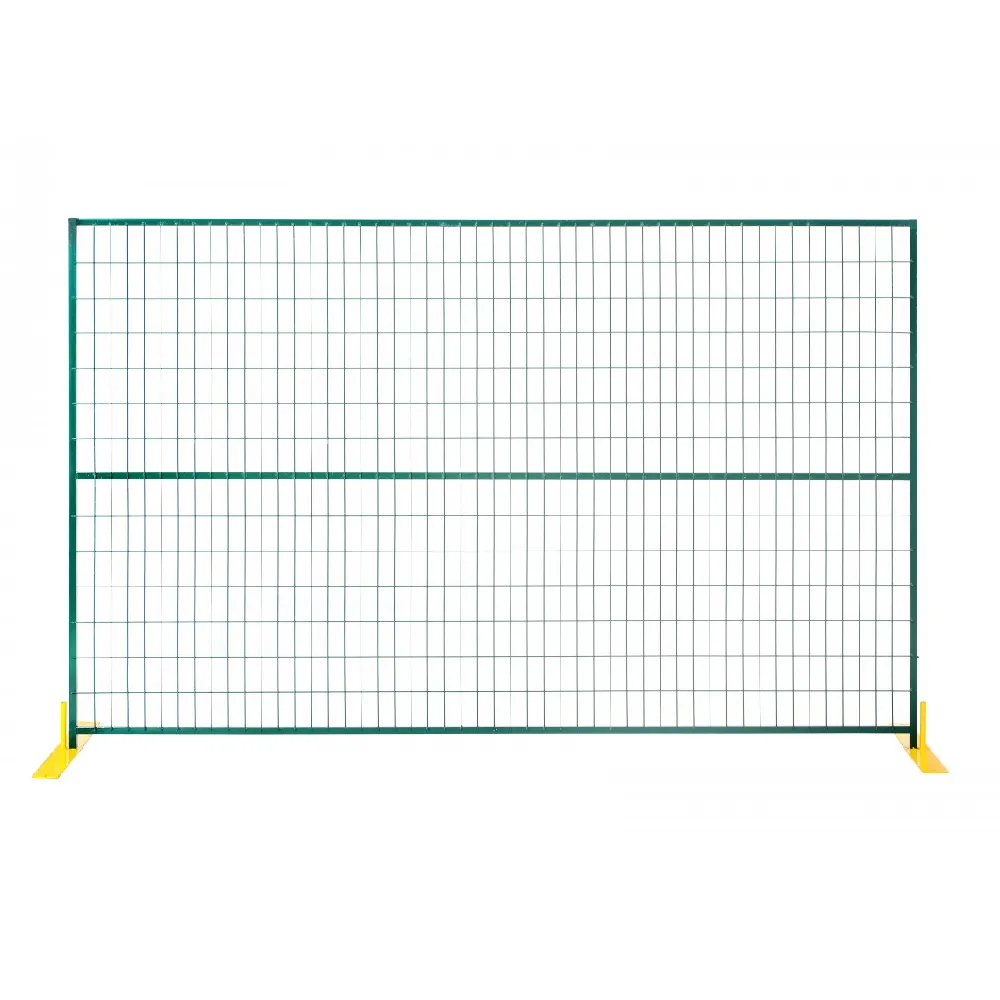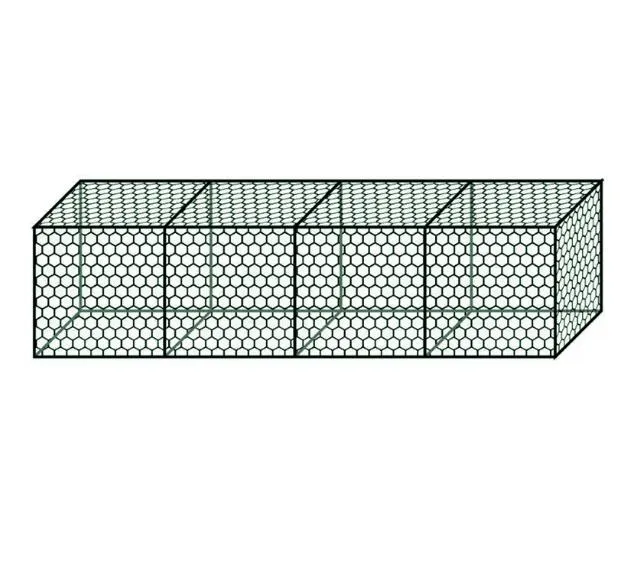Stainless steel grating is rapidly becoming an indispensable component in various industries, combining utility with unmatched durability. In this article, we'll explore its benefits, applications, and why it stands out as the material of choice, helping drive informed decisions for industry professionals.

Renowned for its corrosion resistance and strength, stainless steel grating is ideally suited for environments that demand long-lasting structural capabilities without the worry of degradation. Its composition, primarily consisting of iron, chromium, and other alloying elements, renders it resistant to rust, making it perfect for outdoor and industrial settings where high moisture levels and varying temperatures are common.
The versatility of stainless steel grating stretches across numerous sectors, from industrial plants to architectural designs. In chemical processing plants, where substances often corrode other materials, stainless steel's robust nature ensures that platforms, walkways, and flooring remain secure and intact. Meanwhile, in architecture, stainless steel gratings are used not only for functional reasons but also for aesthetic appeal. Their sleek appearance complements modern design trends, adding a contemporary touch to facades, stair treads, and even decorative screening.

One of the most significant advantages is its maintenance simplicity. Once installed, stainless steel grating requires minimal upkeep, providing an economical choice over time. Its self-cleaning properties in certain environmental conditions reduce maintenance efforts considerably. For facilities managers, this translates into lower operational costs and fewer safety concerns, as the material maintains its integrity without frequent inspections or replacements.
When it comes to environmental considerations, stainless steel stands ahead of other materials because of its sustainability factor. It is 100% recyclable, which means that any old or replaced gratings can be repurposed without losing their inherent qualities. This aligns well with global efforts towards sustainability, where minimizing waste and reusing materials is a priority.
stainless steel grating
For those emphasizing safety, stainless steel grating delivers exceptionally. Its slip-resistant surface caters to environments where hazards like oil spills or wet conditions are typical. Customizable options, like serrated surfaces, enhance grip and provide additional safety measures. It is no surprise that industries operating under strict safety regulations often opt for stainless steel grating, as it meets and exceeds set guidelines while protecting personnel.
In terms of design and customization,
the flexibility of stainless steel is unparalleled. Available in various sizes, styles, and thicknesses, it accommodates everything from heavy-duty industrial uses to sophisticated architectural designs. Custom gratings can be tailored to meet specific load-bearing requirements, ensuring optimal performance in any scenario. This adaptability makes it a favorite among engineers and designers alike, who require reliable materials that can conform to unique project specifications.
However, choosing the right type of stainless steel grating involves understanding the specific application requirements. For instance, while austenitic grades provide excellent corrosion resistance for most applications, duplex grades might be more suitable for highly demanding environments due to their increased strength and superior resistance.
In conclusion, stainless steel grating represents an intersection of innovation and practicality. Its combination of strength, durability, and environmental compatibility makes it a preferred choice across various domains. When weighed against other materials, its performance, safety, and sustainability features stand remarkably compelling. As industries continue to evolve, with new challenges and specifications arising, stainless steel grating remains a forward-thinking solution that effectively addresses modern-day demands, ensuring both human safety and operational efficiency.
Professionals looking to maintain their competitive edge should consider stainless steel grating not just as a component, but as a cornerstone of robust, sustainable infrastructure development.
























